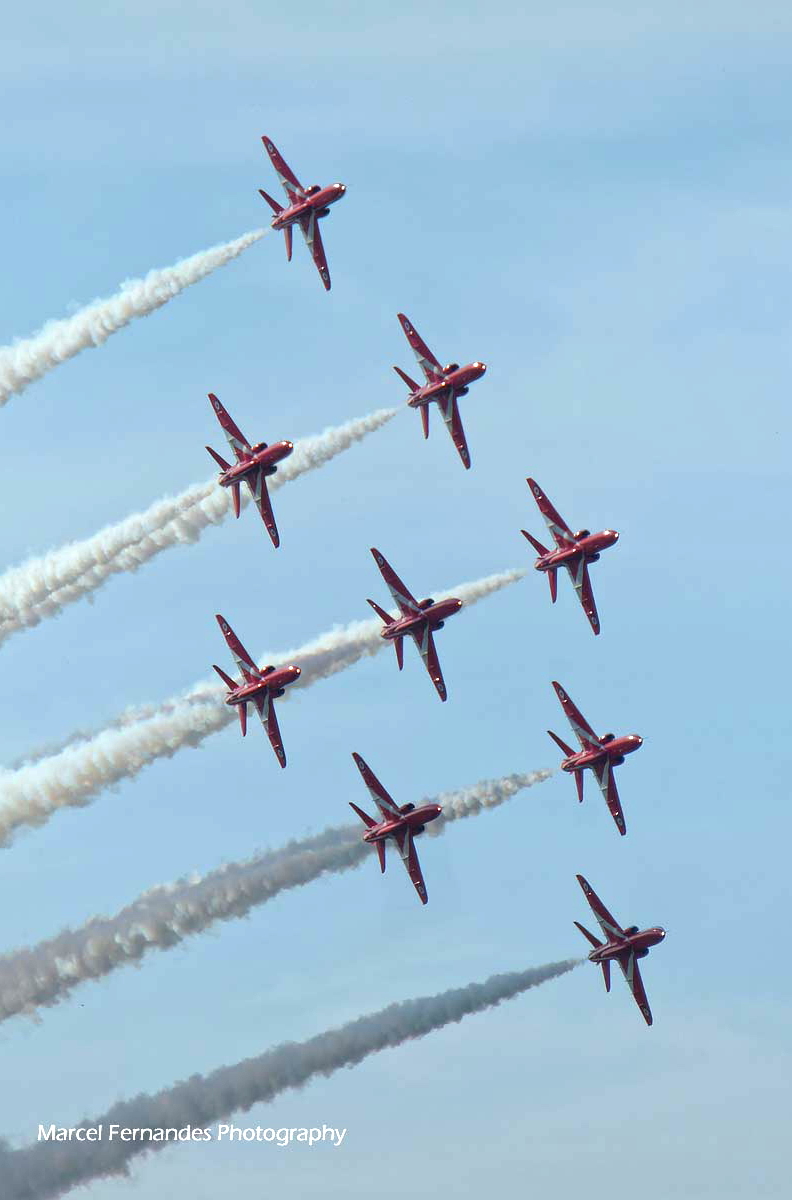When it comes to proving that skill matters more than gear, few photographers embody that philosophy like Marcel, a UK-based photographer known for his ability to create stunning images across every genre from landscapes and street photography to portraits and macro work.
What I love about Marcel’s work is that it reminds me why I picked up a camera in the first place. He doesn’t chase specs or the newest gear – he simply creates. Whether he’s shooting macro details, city streets, or portraits, his images have a clarity and soul that come from the person behind the lens, not the hardware in front of it. He often shoots with the Panasonic TZ200 (ZS200), a pocket-sized compact camera that many might overlook, yet he continues to push it to its creative limits.
I had the chance to talk to Marcel about his photography journey, his gear, and how he manages to produce professional-level results from a camera small enough to fit in his pocket.
Note that all the photos featured in this article were taken on the Panasonic Lumix TZ200 / ZS200.
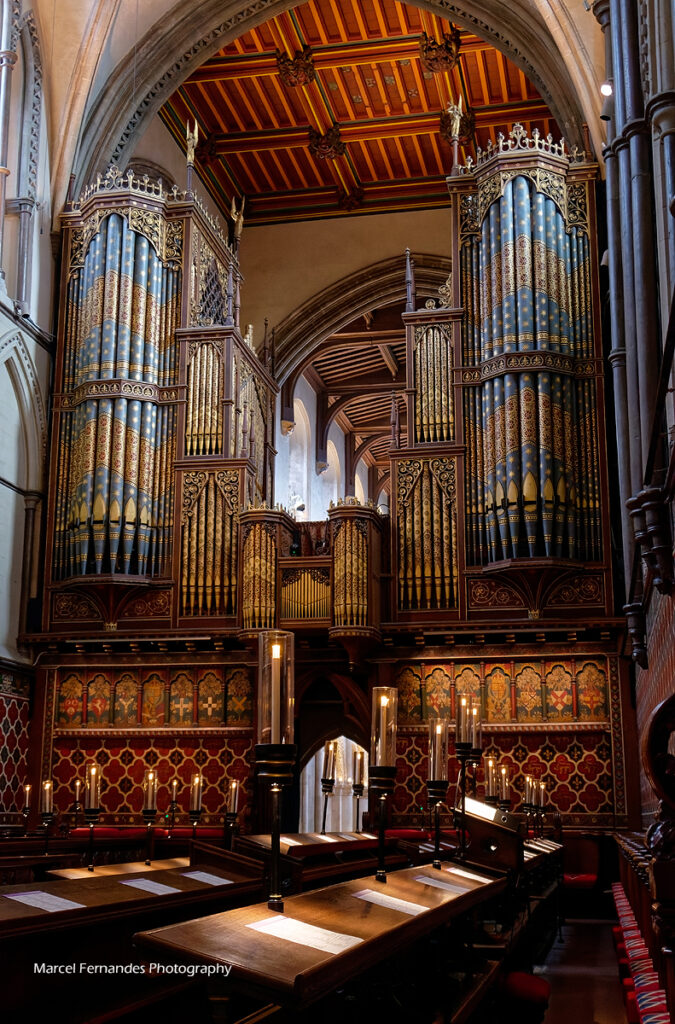
© Marcel Fernandes Photography
Can you tell us a bit about yourself, where you’re from, what you do, and how photography became part of your life?
I’ve lived in the UK all my life. I used to work for Jessops, a UK-based photography store, where I was a store manager for more than ten years. I’m now self-employed as a driving instructor.
I was given a fixed-focus compact camera for my 16th birthday. It was pretty basic, but it got me interested in taking pictures. I started reading photography magazines and learned from there. When I was 18, I bought my first film SLR and kept going from there.
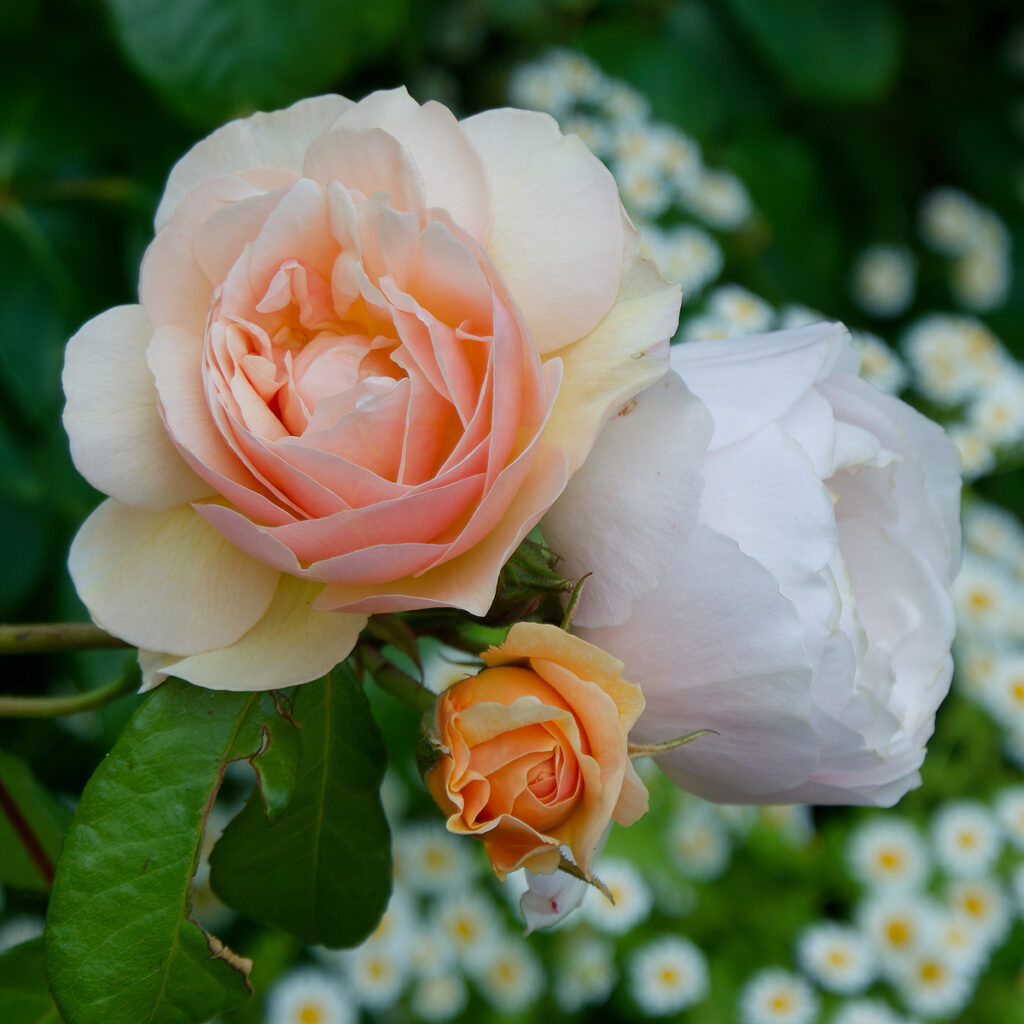
© Marcel Fernandes Photography
You shoot a wide range of subjects including landscapes, street scenes, portraits, and macro. What draws you to explore so many styles?
I shoot whatever catches my attention. I like the challenge of trying something new. A lot of photographers burn out because they shoot the same things over and over. For me, finding a new angle keeps it interesting.
I was always good at the technical side, but my images used to lack emotion. That changed when I started shooting with creative people who had great ideas but not much technical knowledge. We learned from each other. I always joke that if I don’t come home with dirty knees and elbows, I’m not trying hard enough.
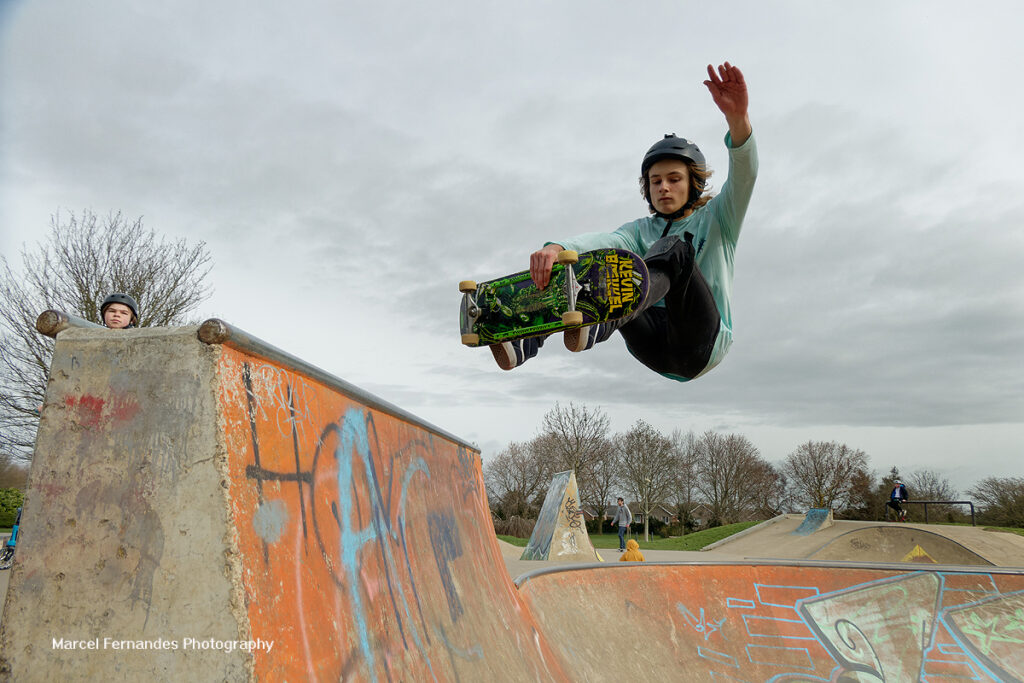
© Marcel Fernandes Photography
What made you choose the Panasonic TZ200, and what do you like most about using it?
I’ve always owned compact cameras and still have quite a few — the Konica Big Mini, Olympus XA2, Contax T2, TZ7 (converted to infrared), TZ200, and LX15.
When I worked at Jessops, I used to laugh at the Leica branding on Panasonic lenses until I tried one and realized how good they really were. After that, a lot of the staff bought Panasonics too.
I got to test a pre-production version of the TZ100 for Panasonic UK, and some of my feedback actually made it into the TZ200. I chose the TZ200 because it offered the longest zoom in the smallest body. I wanted something like an SLR that fit in my pocket.
At first, I hated the touchscreen because I kept moving the focus point with my nose, but after seven years, I’ve customized the buttons to match my mirrorless camera setup. It’s fast, reliable, and still surprises me with how capable it is.
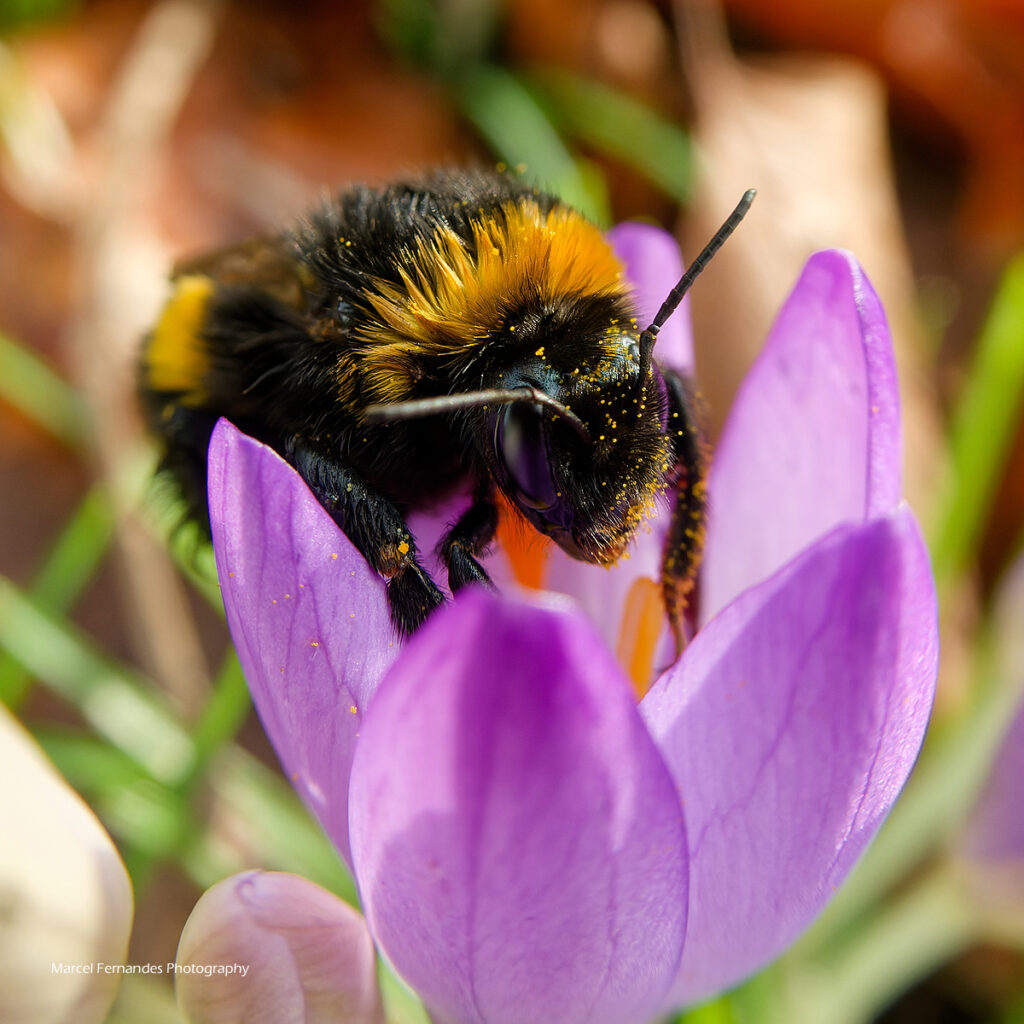
© Marcel Fernandes Photography
You’ve used several cameras over time. What’s in your current gear lineup, and which one do you find yourself reaching for the most?
My current gear includes a Sony A7 IV with lenses from 24 to 600mm, the TZ200, LX15, TZ7 for infrared, and a Minolta Dynax 9 film SLR with a few lenses.
I love the convenience of the TZ200 and don’t feel like I’m missing out when I use it. That said, I really enjoy the image quality from the A7 IV.
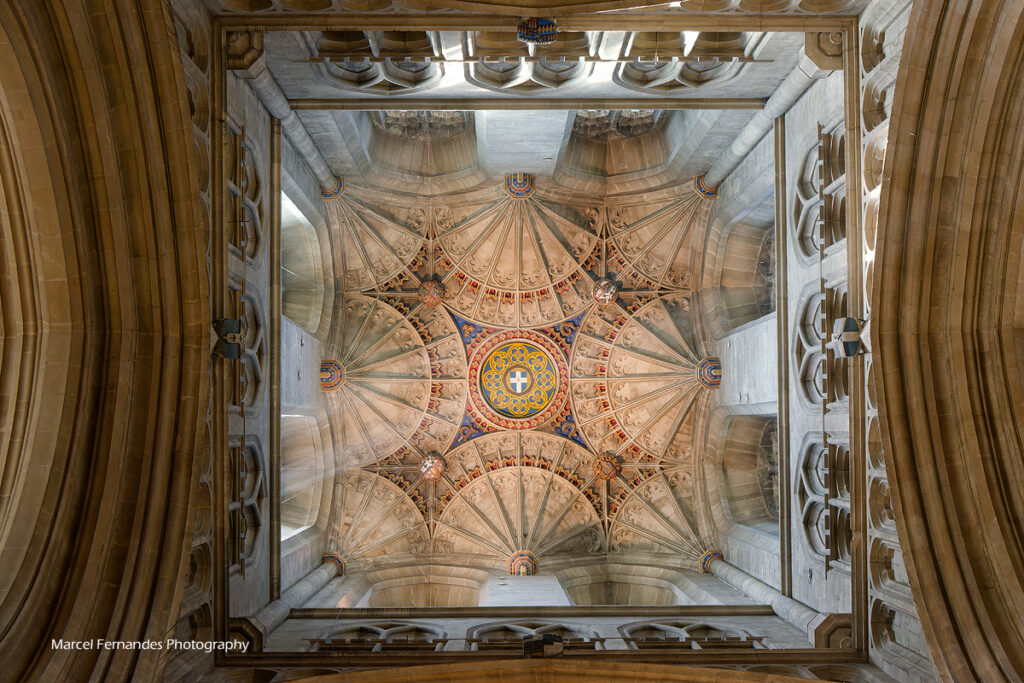
© Marcel Fernandes Photography
Many people underestimate compact cameras. What do you think they’re missing about what these cameras can do?
Photographers can be snobs about gear. I always tell people to show their photos without saying what camera was used. That way, it’s judged on the image, not the equipment.
As I’ve gotten older, I don’t want to carry heavy gear all the time. I’m part of a local photography club, and many members have bought the TZ200 after seeing my results. Compacts are discreet, perfect for street photography, and safer to carry. If it rains, I just slip it into my pocket. It definitely beats using a phone.
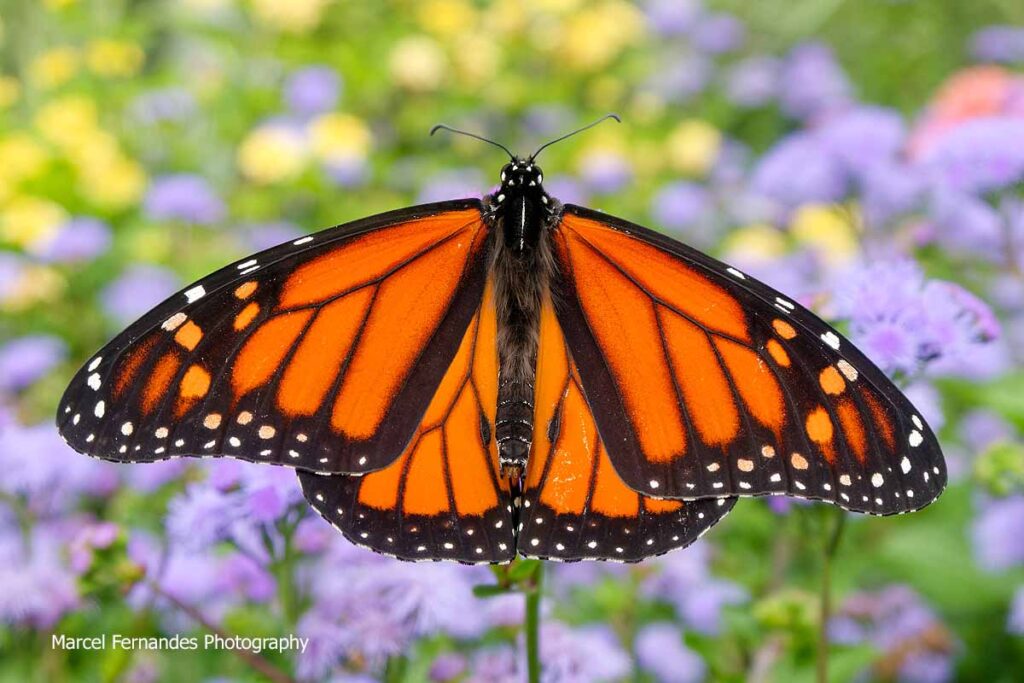
© Marcel Fernandes Photography
Your macro photography is incredible. What’s your process for capturing those detailed close-ups with the TZ200?
Macro is actually pretty easy on the TZ200. At 29mm it can focus as close as three centimeters. I use a small focus point and the touchscreen to get it exactly where I want it. The optical stabilization helps a lot.
I shoot in aperture priority at around f/8 for more depth of field and watch the shutter speed based on movement or wind. I keep ISO as low as possible, a habit from my film days. I shoot in RAW and use DxO PhotoLab to bring out detail and sharpness. I have a preset that lets me edit most images in under a minute.
I still shoot like I did with film – framing, focus, and exposure all in camera. I only do minimal editing and try to make the final image look the way I saw it.
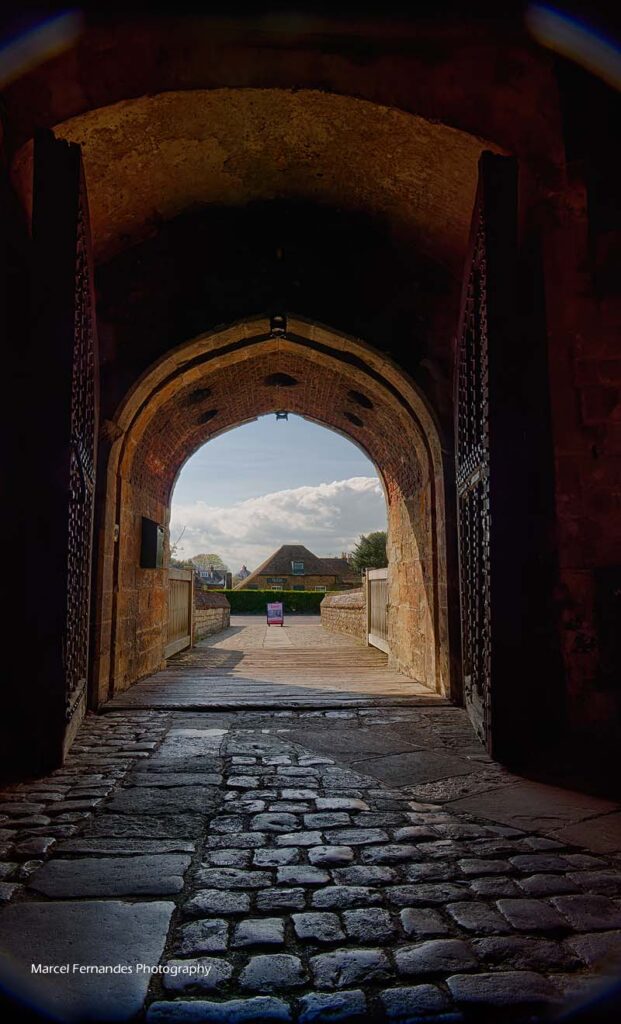
© Marcel Fernandes Photography
Are there particular settings or techniques you rely on to get the image quality and look you want?
I always shoot RAW and try to get the best possible image straight from the camera. I recently started experimenting with HDR, which can produce some great results.
I use aperture priority, manual ISO, exposure lock, exposure compensation, and spot metering. I prefer using the viewfinder because it helps me focus completely on the scene.
My biggest tip is to take fewer photos but make each one count. Go for quality, not quantity. At airshows, a friend might shoot five thousand images in burst mode. I’ll take about a thousand single shots instead.
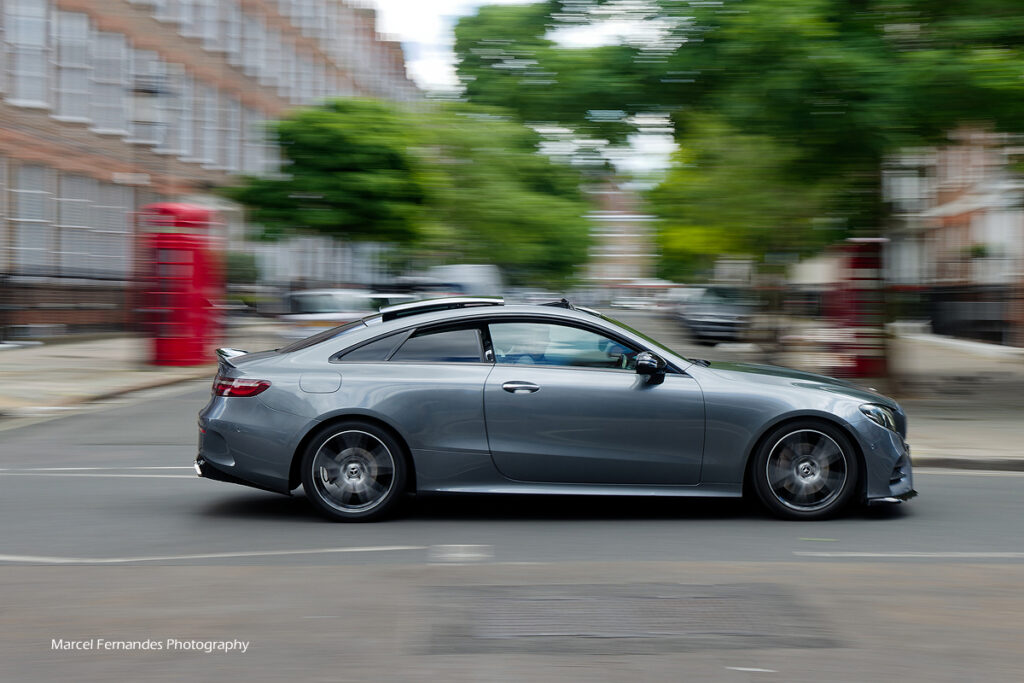
© Marcel Fernandes Photography
Go for quality over quantity. All those extra shots just weigh you down.
Marcel Fernandes
Do you shoot mostly in JPEG or RAW, and how do you approach editing your photos afterward?
Always RAW. The jumping salmon photo I took in Canada was heavily cropped, and it still held great detail. That shows how much flexibility you get with RAW files.
My editing is simple: one-click preset and light tweaks if needed. The longest I’ve ever spent editing a photo was about five minutes.
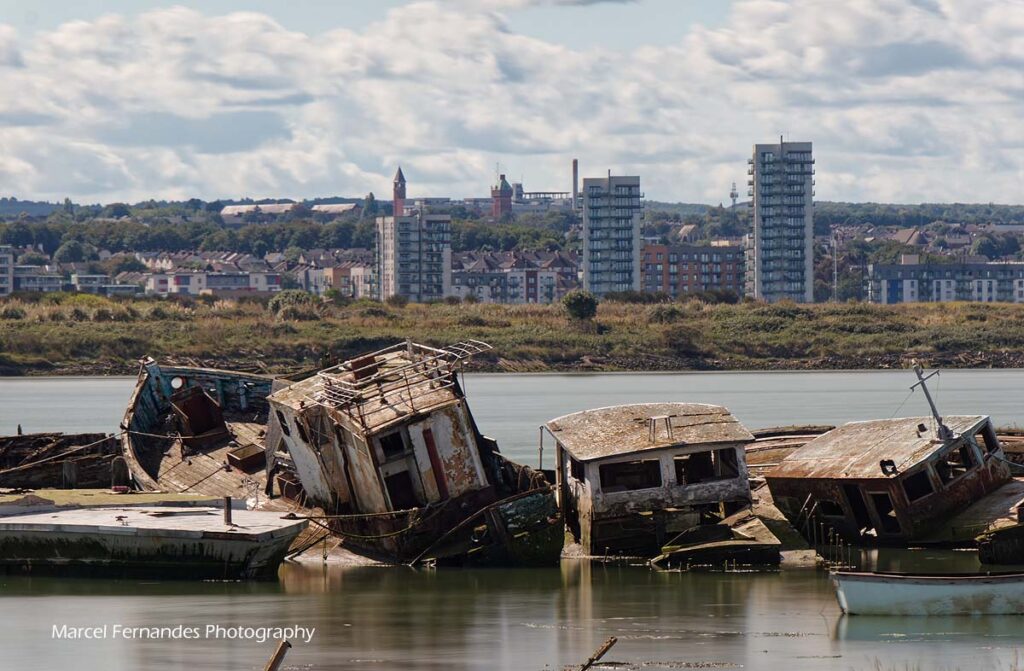
© Marcel Fernandes Photography
What advice would you give someone trying to achieve professional results with a compact camera?
Learn the basics. Light is everything. Experiment with different modes and settings, and review the EXIF data from your shots. That’s the best way to learn what works and what doesn’t.
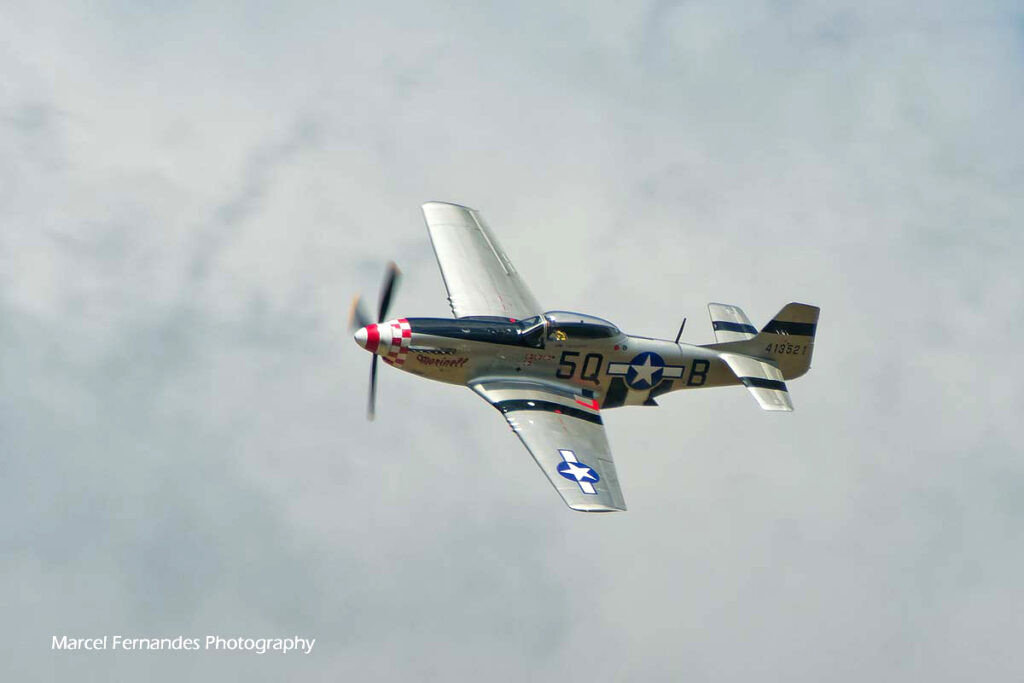
© Marcel Fernandes Photography
What are you most excited to explore next in your photography journey?
I’d like to try photographing the Milky Way and get into close-up sports like martial arts. I’ve never done that before, and there are a few local clubs I want to shoot.

© Marcel Fernandes Photography
Closing Thoughts
Marcel’s story is a reminder that a great photo comes from experience, curiosity, and passion — not from the size of your camera. He’s proof that the right mindset and skill can turn even a small compact camera into a powerful creative tool.
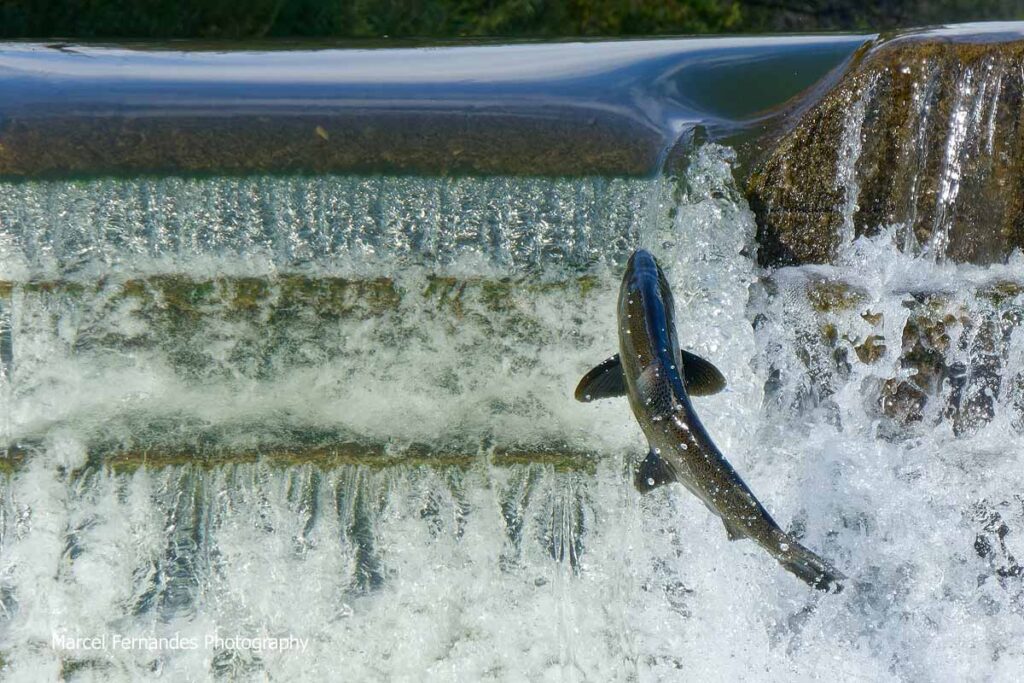
© Marcel Fernandes Photography
Follow Marcel: https://www.instagram.com/marcelfernandesphotography/
OpenFilmmaker.com is grateful to have the collaboration with Marcel Fernandes. Thank you, Marcel! :)
